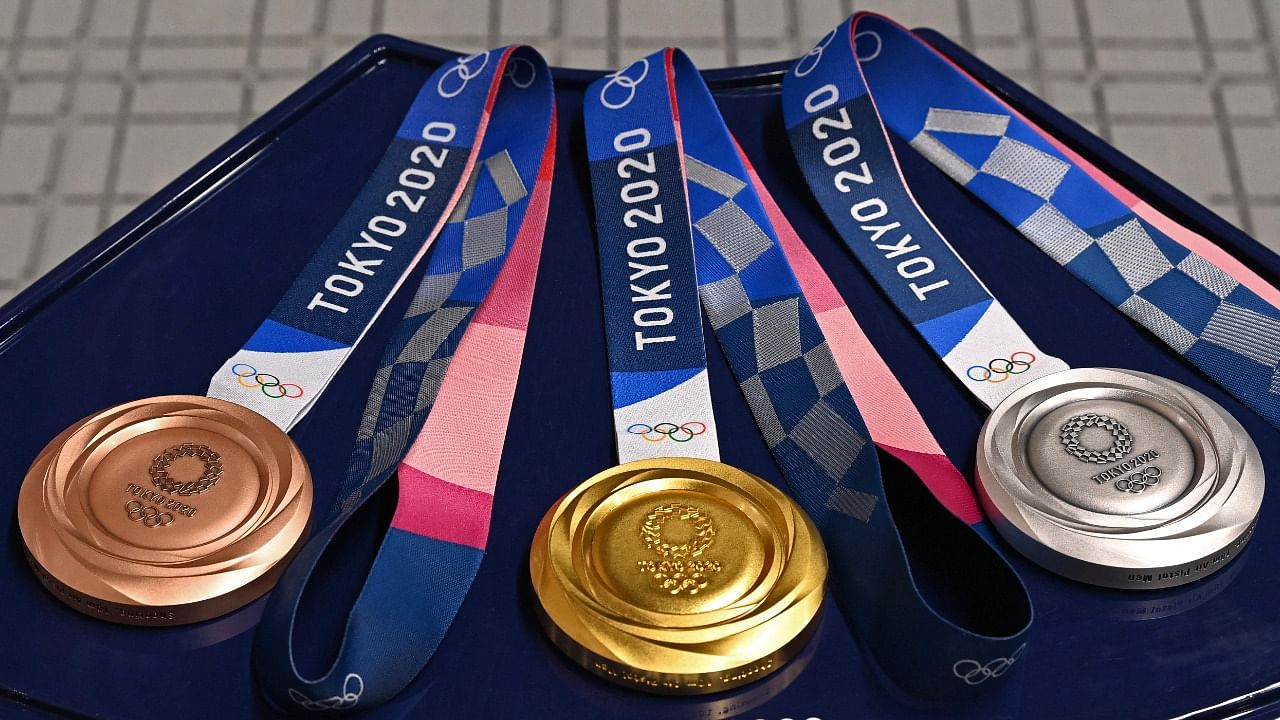
The Tokyo Olympics has been an Olympics of many firsts. From being the first Olympics hosted without any spectators to the one where baseball first made its debut, the Tokyo Games stands out from previous Olympiads in a number of ways.
Another feat that sets the Tokyo Olympics apart from its predecessors is the medals. For the first time, the head-turning Olympic medals have been made from recycled e-waste that includes small electronic devices like mobile phones. Additionally, it is also the first time that citizens have been involved in the medal-manufacturing process.
But how did the 78,985 tonnes waste collected between April 2017 and March 2019 turn from mobile phones to medals? Here's how the approximately 5,000 gold, silver, and bronze medals were forged:
A two-year collection period saw some 6.21 million used mobile phones and other small electronic devices dropped off or picked up by NTT Docomo shops across Japan. Following this, the devices were classified and then dismantled by contractors. The remaining bits were then sent to smelting contractors to extract the necessary elements — Gold, Silver, and Bronze.
Also Read | How Olympic medals have evolved over a century
According to the Tokyo 2020 Medal Project, some 32 kg of gold, 3,500 kg of silver, and 2,200 kg of bronze were extracted from the recycled devices. It is from here that the prized metal discs that are the Olympic medals take shape — following a number of refining and other chemical processes.
While the Tokyo Olympics medals have been produced in a more eco-friendly manner, the composition of the medals still remains the same. The gold medal, weighing 556 grams, have more than 6 grams of gold plating on pure silver — above the minimum requirement of 6 grams of gold. This year's silver medals weigh 550 grams and are made of pure silver, while the bronze medals, which weigh 450 grams, are made of red brass (95 per cent copper and 5 per cent zinc).
It's also worth remembering that the medal comprises not just of the metal disc but also the ribbon, without which it can not be worn. The Tokyo 2020 medal ribbon, too, is made in an eco-friendly manner. The organisers say that the ribbons were made using "chemically recycled polyester fibres that produce less CO2 during their manufacturing process."